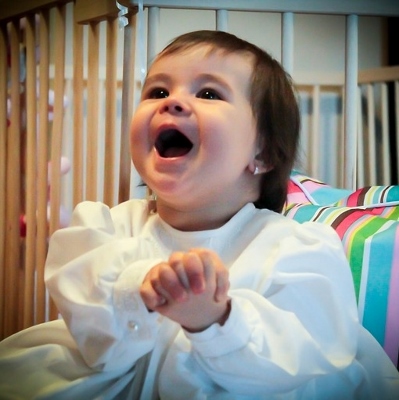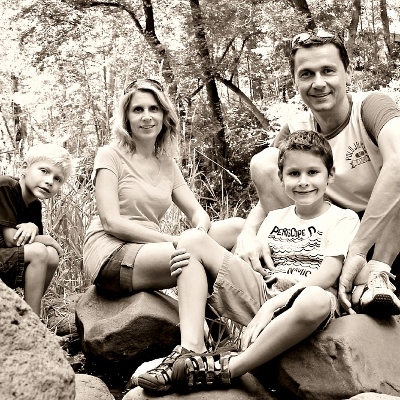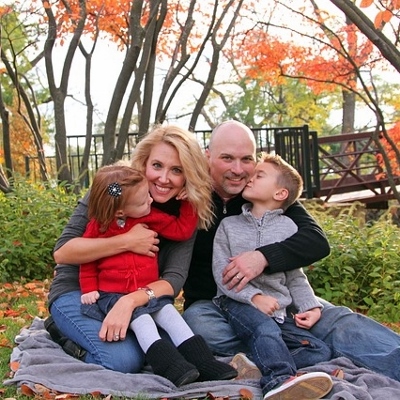 Sounds play a major role in the lives of babies and toddlers. It promotes auditory development. Babies and toddlers are very attentive to sounds and music in their environment. They gradually move from receivers to participators as the child develops. Parents and caregivers can help young children respond to music and auditory sounds in the following ways.
Sounds play a major role in the lives of babies and toddlers. It promotes auditory development. Babies and toddlers are very attentive to sounds and music in their environment. They gradually move from receivers to participators as the child develops. Parents and caregivers can help young children respond to music and auditory sounds in the following ways.
The World of Sound for Babies
Sing to babies as you care for them. They don’t care if you can’t carry a tune, but love the sounds you make. Sing, hum, whistle and mimic their sound during dressing, bathing and diaper changes. Use traditional melodies and fill in the words according to what you are doing at the moment.
Sew on bells to a pair of baby’s booties and watch how the baby kicks his legs to make sounds. Show the baby how to shake a rattle to make sounds and watch him experiment on his own. Some rattles make a musical sound rather than just a noisemaker. Always supervise the baby when small objects are being used.
Anything mechanical that plays music is a good choice for a baby. Wind-up music boxes that play different tunes, as well as, mobiles hung on cribs with music boxes attached are ideal. Use them regularly so the baby hears music everyday. For play, a push and pull musical toy may become a favorite with babies.
Nature provides the wind, so here is an opportunity to produce music by hanging good quality wind chimes outdoors so the baby can hear tinkling sounds whenever the wind blows.
Play rhythm games with the baby as you clap your hands or snap your fingers when singing a song. If the music is lively, move or dance with the baby. Rocking with babies to slow music helps to enjoy quiet moments together and even puts them to sleep.
Singing and Moving With Toddlers
Use rhythm instruments to produce sounds. Let the toddler invade the kitchen as pots and wooden spoons make great drums. Give toddlers small rhythm sticks or even two wooden spoons to tap together. Teach them how to tap slow, fast, loud and soft. Note how the motions produce different sounds.
Choose books where you make sounds for reading together. Examples are Old MacDonald’s Musical Farm by Judith Stuchley (Straight Edge Press), The Musical Wheels on the Bus by Janice Castiglione (Straight Edge Press), and If You’re Happy and You Know It Musical Book by Rosemary McGuirk (Straight Edge Press).
Toddlers begin to sing small phrases of familiar songs. As you sing together, use facial expressions and actions. By age two (sometime before) toddlers will ‘dance’ when they hear music. Encourage them to sway and march to the music played. Props, like a scarf, will add excitement as it billows while the child is moving.
Use body percussion by clapping your hands, snapping fingers, and slapping thighs. The toddler will mimic you and respond with the same patterns.
Sound is the basis for beginning music and parents can help very young children to enjoy the music they make and the music that is heard all around their world.










